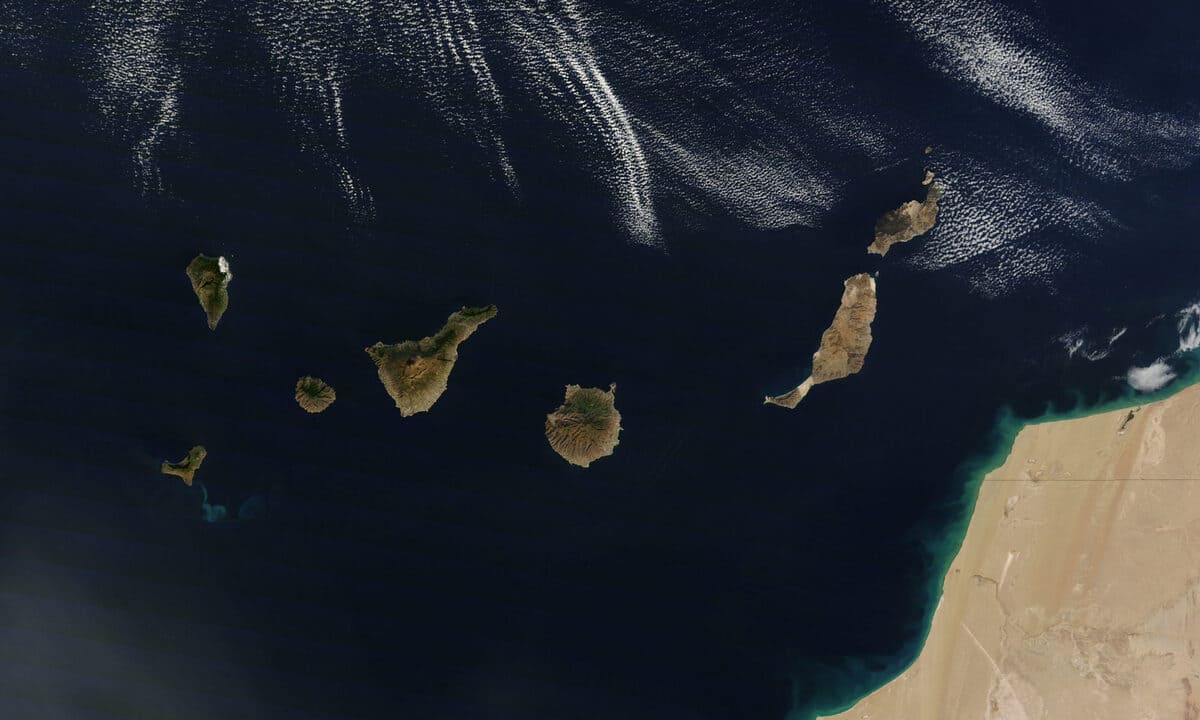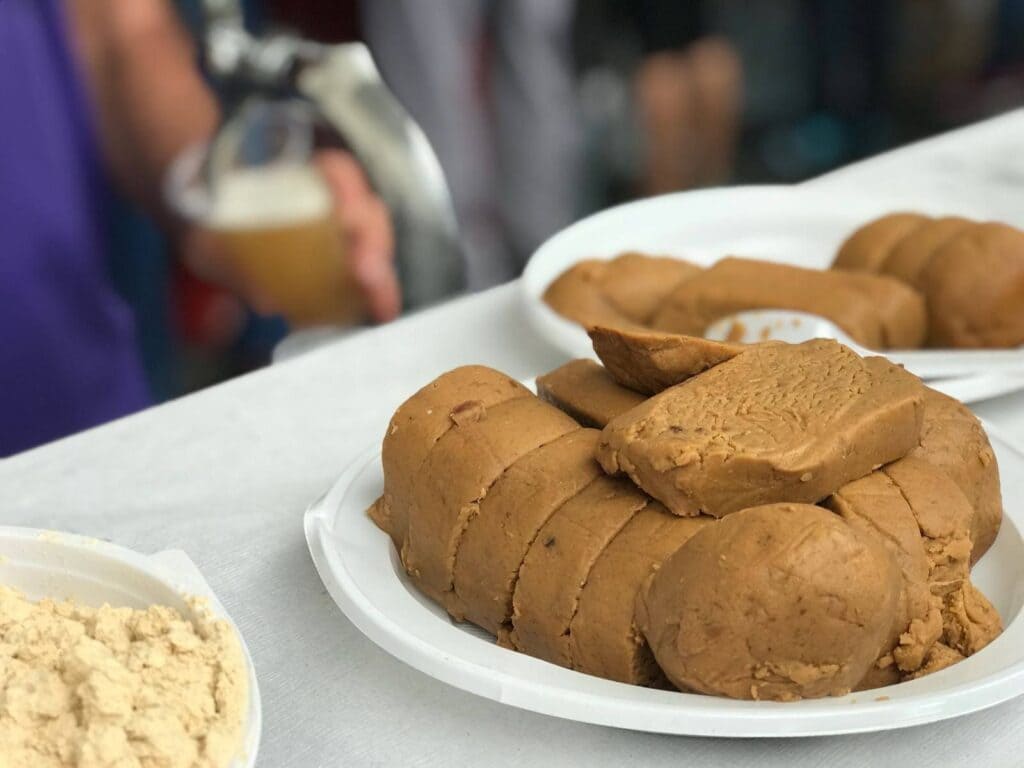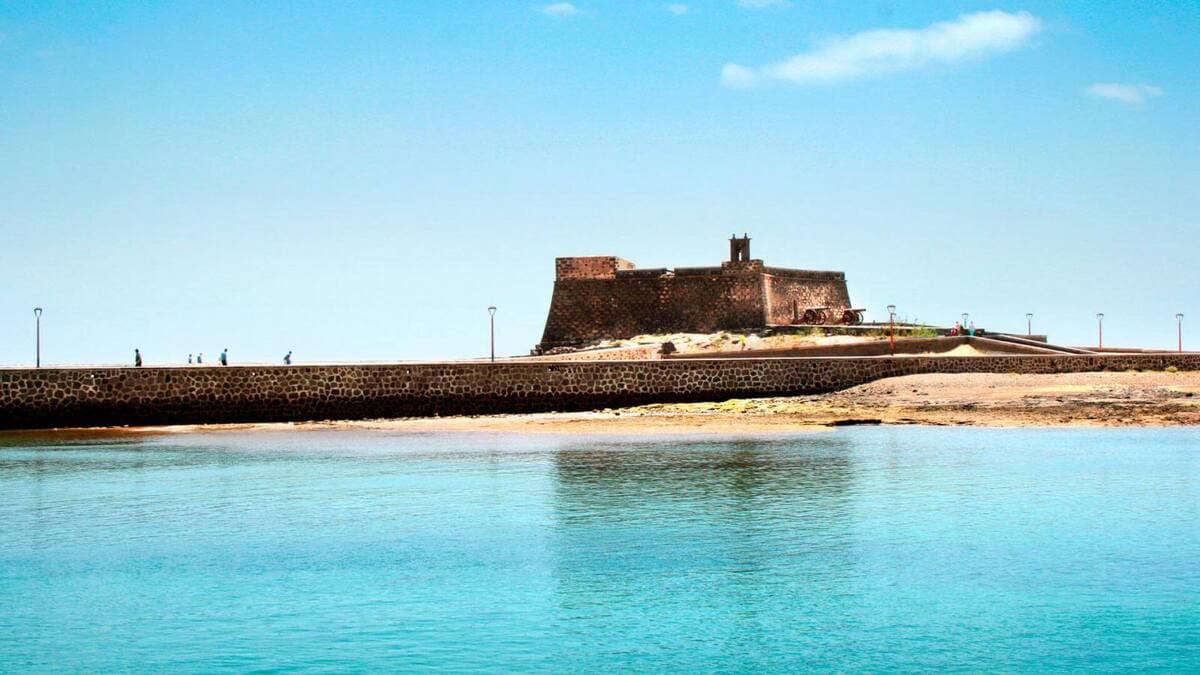The guava is a tropical fruit, originally from America. Its cultivation and consumption has spread to countries all over the world, from India and China to the warmer regions of Europe, including the Canary Islands.
The fruit of the guava comes from the guava tree or guayabero, as this tree is called in the Canary Islands. The guava tree is a shrub from which not only the fruit, but also its leaves and root are used for various purposes. Its intense aroma, its fleshy pulp and its flavor, which ranges from sweet to sweet and sour, has made it conquer the most exquisite palates.
Introduction of guava in the Canary Islands
According to several chroniclers of the Indies, the guava was already a known fruit in Spain in the 16th century, although it is not known if its cultivation was attempted. In the 17th century, it was widespread in the Philippines, where it was introduced by the Spanish. The Portuguese did the same in India. Subsequently it was introduced in almost all tropical regions of the world.
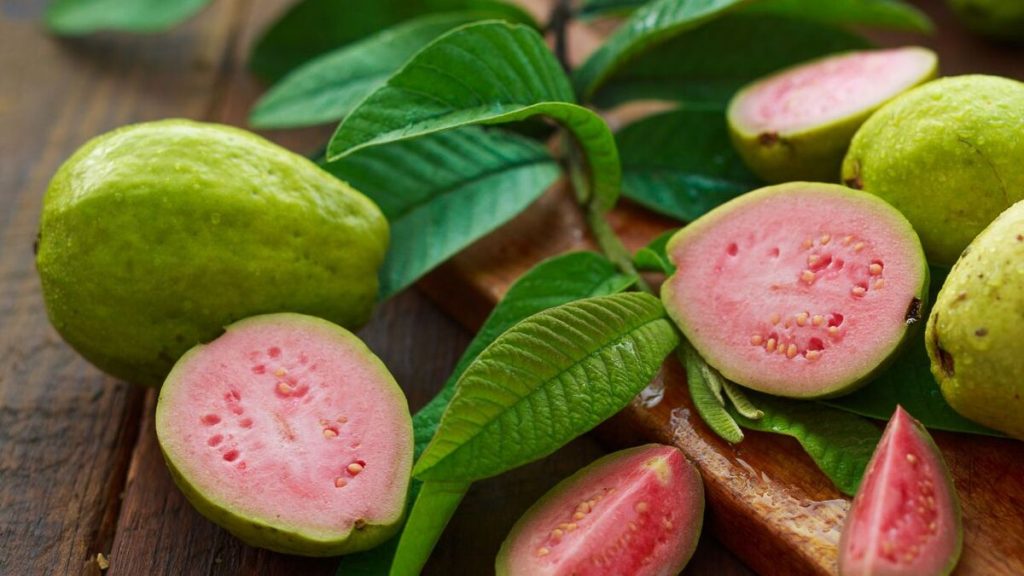
Origin and form of introduction
The guava is native to northern tropical America, from southern Mexico to Colombia, also occupying the Caribbean islands such as Bahamas, Cuba, Puerto Rico, Dominican Republic, Haiti, among others. As a result of colonization, the Spanish and Portuguese introduced the guava to the rest of the tropical regions to be cultivated.
Abundance and population trend
It is currently widely cultivated in almost all tropical and subtropical countries of the planet, naturalizing very easily in the same areas. In Spain, it is cultivated in the Canary Islands, as a fruit and ornamental tree. It is also cultivated, although on a smaller scale, in some parts of the coast of eastern Andalusia. Occasionally it appears naturalized or subspontaneous in the Canary Islands, not having been observed in this state in peninsular territory.
Benefits of guava
Its rich nutrient composition is what makes guava a generally beneficial food for health, which can be included in a varied and balanced diet.
Due to its astringent and antimicrobial properties, guava can also be an excellent remedy for stomach problems. When ripe, the pectin it contains promotes proper intestinal transit, helping to purify the body naturally and protecting the bacterial flora.
The high content of vitamin C makes guava, also beneficial in preventing colds, being also effective in preventing anemia.
The presence of provitamin A and also vitamin B6 means that guava is considered to help care for eye health and promote the good condition of the different cognitive functions.
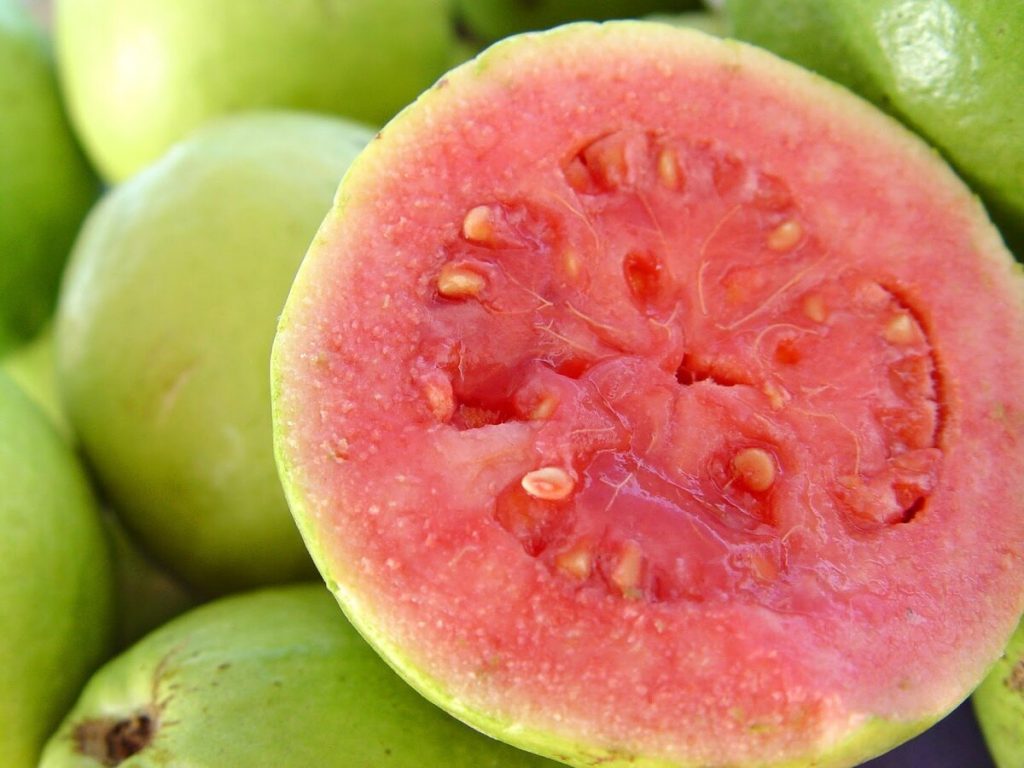
Although there is still no scientific confirmation, some research suggests that guava could contribute to maintaining adequate levels of cholesterol in the blood, thus being an ally of cardiovascular health.
How is the famous guava candy made?
Dulce de guava is one of those typical and traditional desserts that are made from scratch to be prepared at home. It is a simple canned dessert that is prepared in many regions of Latin America, such as Colombia, Venezuela, Ecuador and Panama, but also in the Canary Islands.
This sweet is made from the guava pulp. It is usually served with cheese and bread as an appetizer. Here is how to make it at home.
Ingredients to prepare the guava candy
500 grams of guava, one liter of water, 500 grams of sugar and the juice of one lemon or half an orange.
Preparation
In a pot, heat the water over medium heat. There we place the guavas cut in quarters, with skin and all. Then, cook the fruits for 15 minutes. Lower the heat, blend and strain. Reserve all the resulting syrup.
Place the syrup in a new pot, add the sugar and lemon juice. Cook over low heat for 1 hour and a half or until it thickens. Then prepare a glass mold by covering it with plastic wrap. Once this is ready, pour the mixture over the mold. Let it stand until it cools and close the plastic. Let it rest in the refrigerator for at least one night.
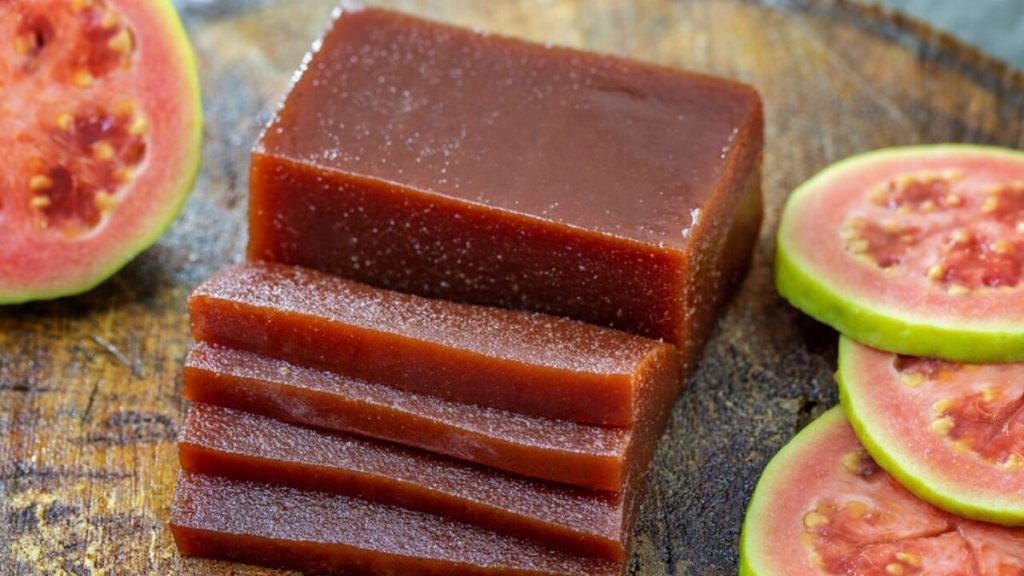
To serve, we remove it from the plastic and cut it into squares that can be served with peasant cheese, mozzarella, feta cheese or manchego cheese. And enjoy!
If you are interested in the world of products made in the Canary Islandsand want to know more about them, here are several articles related to Canarian cheese: Denomination of Origin of Canarian cheeses; Queso de Flor, wonder of Gran Canaria; Almogrote, everything you should know about Canarian cheese pate.
Paula Vera
Photos: hogarmania.com; elnacional.cat, directoalpaladar.com.mx
